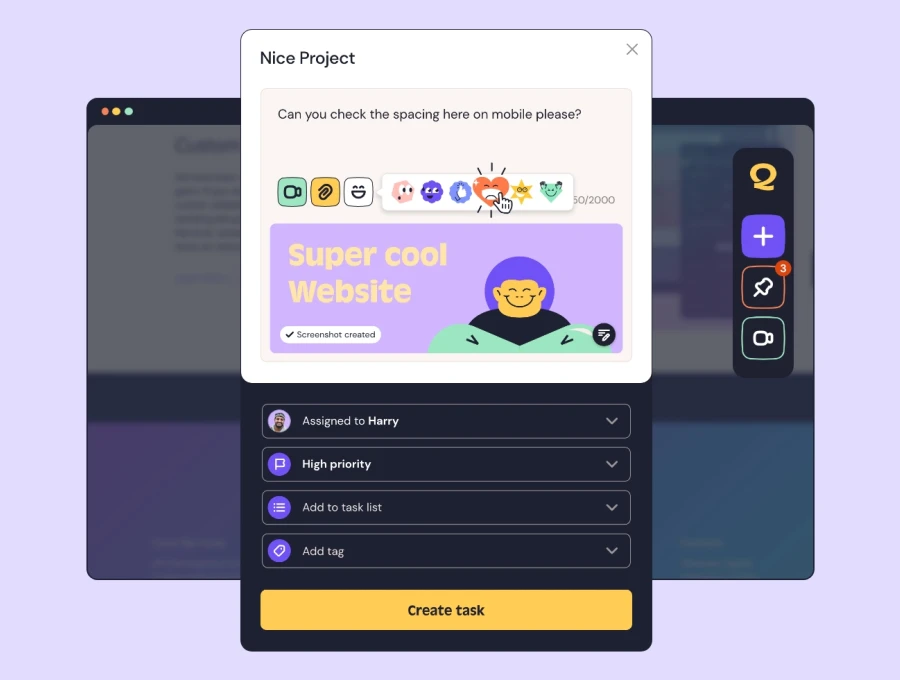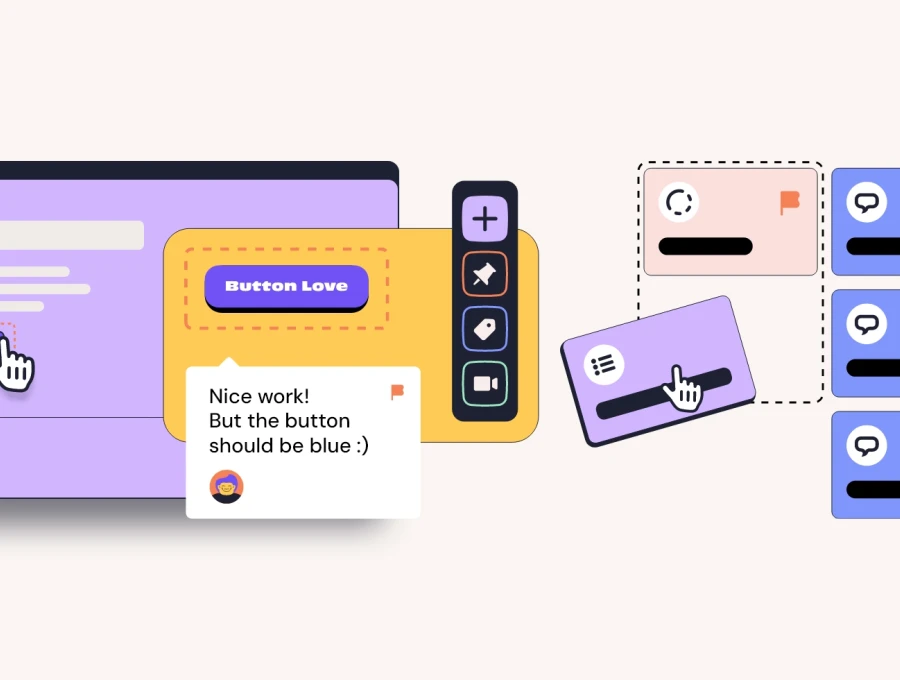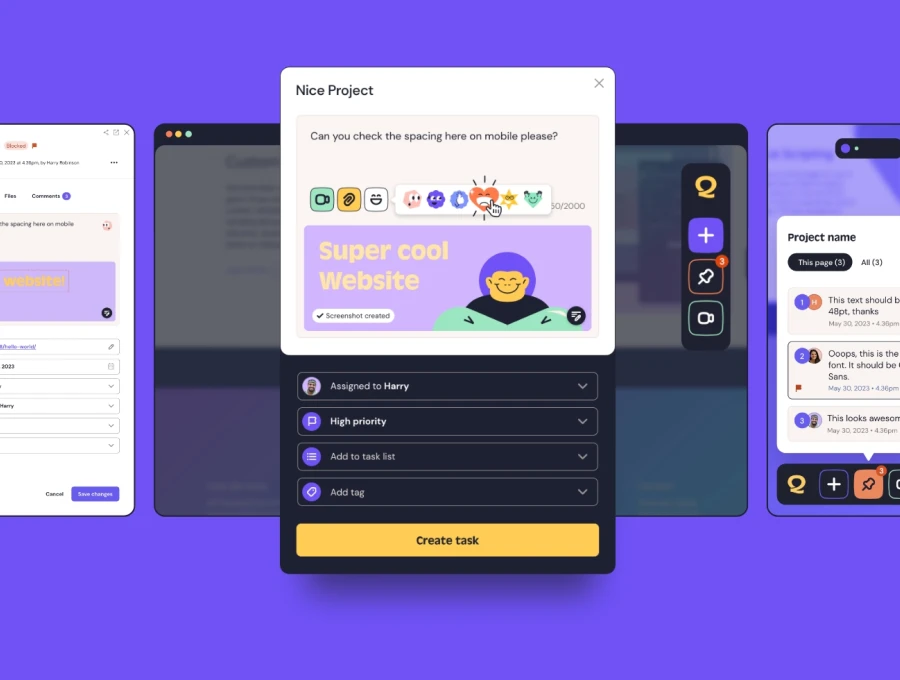Software development is a field marked by constant change, tight deadlines, and high expectations. The journey from idea to implementation is fraught with challenges, ranging from complex bugs to shifting project requirements. In such a demanding environment, resilience becomes an invaluable trait for developers. Resilience is not just about bouncing back from setbacks; it’s about thriving amidst challenges and continuously growing stronger. Here’s how developers can build and maintain resilience in their careers.
1. Embrace a Growth Mindset
A growth mindset, as coined by psychologist Carol Dweck, is the belief that abilities and intelligence can be developed through dedication and hard work. This mindset is crucial for developers, who frequently face steep learning curves and evolving technologies. Instead of viewing challenges as insurmountable obstacles, see them as opportunities for growth and learning. Celebrate small victories and learn from failures, understanding that each experience contributes to your development.
2. Foster a Supportive Environment
Resilience is bolstered by a strong support network. Whether it’s through professional communities, team camaraderie, or mentorship, having people to share your experiences with can make a significant difference. Engage with colleagues and peers who can offer advice, encouragement, and perspective. Participate in forums, attend meetups, and seek out mentorship opportunities to build a network that supports your growth and well-being.
3. Prioritize Continuous Learning
The technology landscape is ever-evolving, and staying current is both a challenge and an opportunity. Invest in your continuous learning by keeping up with industry trends, attending workshops, and pursuing relevant certifications. This not only enhances your skill set but also prepares you to tackle new challenges with confidence.
4. Develop Problem-Solving Skills
Effective problem-solving is at the heart of software development. Enhancing these skills can make challenges seem less daunting and more manageable. Break problems into smaller, more digestible parts, and approach them methodically. Stay curious and keep learning new techniques and tools that can aid in problem-solving. By building a robust toolkit of strategies, you’ll feel more equipped to handle whatever comes your way.
5. Set Realistic Goals
Setting realistic and achievable goals is essential for maintaining motivation and avoiding burnout. Break larger projects into smaller, manageable tasks and set clear, attainable milestones. Celebrate your achievements along the way, no matter how small they may seem. This approach not only provides a sense of accomplishment but also helps maintain momentum and focus.
6. Learn to Adapt
The tech industry is characterized by rapid changes and unforeseen challenges. Being adaptable is a key component of resilience. Stay flexible in your approaches and be open to new ideas and methodologies. Embrace change as a constant and view it as an opportunity to innovate and improve. The more adaptable you are, the better you’ll be able to navigate the shifting landscape of software development.
7. Maintain a Positive Perspective
A positive outlook can significantly impact your resilience. Focus on what you can control and don’t dwell on setbacks. Reframe negative experiences as learning opportunities and practice gratitude for the progress you’ve made. Surround yourself with positivity, whether through inspirational reading, uplifting colleagues, or personal hobbies that bring joy and fulfillment.
8. Build Strong Communication Skills
Clear and effective communication is vital for any development team. Being able to articulate your thoughts, ask for help when needed, and provide constructive feedback can enhance team cohesion and project outcomes. Strong communication skills also help in managing client expectations and navigating complex project requirements.
9. Leverage Automation and Tools
Take advantage of automation and various development tools to streamline your workflow and reduce the time spent on repetitive tasks. Tools like QualityHive can help in managing bugs efficiently, allowing you to focus on more critical aspects of development. Efficient tool usage not only boosts productivity but also reduces stress by making your work more manageable.
10. Reflect and Iterate
Regularly take time to reflect on your work processes and outcomes. Identify what’s working well and what could be improved. This iterative approach allows you to continuously refine your methods and adapt to new challenges effectively. Learning from past experiences is a powerful way to build resilience and improve your development practices.













